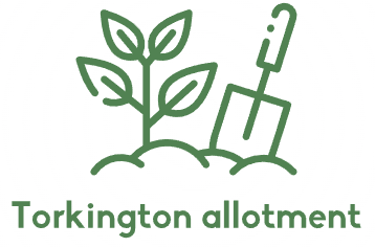April
April is a mixed month, warmer weather, shoots appearing, and plenty of seeds to be sown. Harvesting is a different story as the seasons switch from colder to warmer. Historically this is a lean period for locally/homegrown food.
MONTHLY UPDATE


Those with undercover areas such as cold frames or greenhouses can get busy sowing some warm weather crops. The risk of frost remains but covered plants should be sufficiently protected from all but the hardest frosts. Unfortunately the warmer weather also brings weeds that will be popping up in your newly prepared beds.
What to harvest?
Spring Onions
Salad Leaves
Spring Cabbages
Spinach
Leeks
Rhubarb
Asparagus
Lettuces
Spring Cauliflowers
Swiss Chard
Sprouting Broccoli
Corn Salad
What to sow indoors?
Aubergines
Cauliflower
Cabbages
Celeriac
Tomatoes
Celery
Chillies/Peppers
Courgettes
Cucumbers
Sweetcorn
Endive
Florence Fennel
French Beans
Gherkins
Sprouting Broccoli
Kale
Kohl Rabi
Marrows
Pumpkins/Squashes
Runner Beans
What to sow/plant outside?
Beetroot
Oriental Leaves
Broad Beans
Brussels Sprouts
Cabbages
Radishes
Spinach
Corn Salad
Rocket
Carrots
Calabrese
Cauliflowers
Spring Onions
Sprouting Broccoli
Cucumbers
Salad Leaves
Kohl Rabi
Land Cress
Leeks
Swiss Chard
Peas
Lettuces
Turnips
Onions
Parsnips
Jobs
Prepare Seedbeds
March brings a surprising list of jobs, direct sowing of hardier seeds, plenty of indoor sowing, final pruning, and soil preparation. These aren't bad things, after all this is what we've waited all winter for. The important thing to remember is being organised now will pay back double later in the year, plants sown earlier will be larger healthier plants producing more with their extra time.
Keep on top of seed beds ensuring weeds aren't getting a foothold in your freshly prepared soil, and break up any chunks of hard soil formed by dryer weather. Its also a good time to dig in some fertiliser such as fish blood and bone.
Prick Out Seedlings
With any luck your previously sown seeds will be large enough for pricking out and potting on. A key indicator is a combination of true leaves forming and roots appearing at the bottom of cell modules. Compost often only has enough nutrients to support a plant at this stage for two weeks. Regular potting on plants ensure a fresh source of food.


Potatoes
Chitting time has passed and its time to get potatoes in the ground, don't worry if you haven't chitted, still plant them out but be prepared for a longer growing season. Early potatoes might even require earthing up, earthing up is adding soil around the potato plant step ensuring only the top growth is exposed to sunlight.
Protect Plants With Fleece
Even the hardiest of seeds sown at this time of the year would welcome some fleece while germinating and getting established. As an added bonus fleece will protect sprouting seedlings from hungry birds,
Remove Rhubarb Cloches
Hopefully rhubarb will have grown enough to allow a first harvest, if it hasn't there's still plenty of growing time left.
Prune Fruit Bushes
Now is the last good time to prune fruit bushes such as Raspberries, Blackcurrants, Gooseberries, Currents, and Blueberries. Remember pruning Raspberries requires two different techniques for Autumn and Summer varieties.
Check out our winter pruning guide here.
© 2024. All rights reserved.
